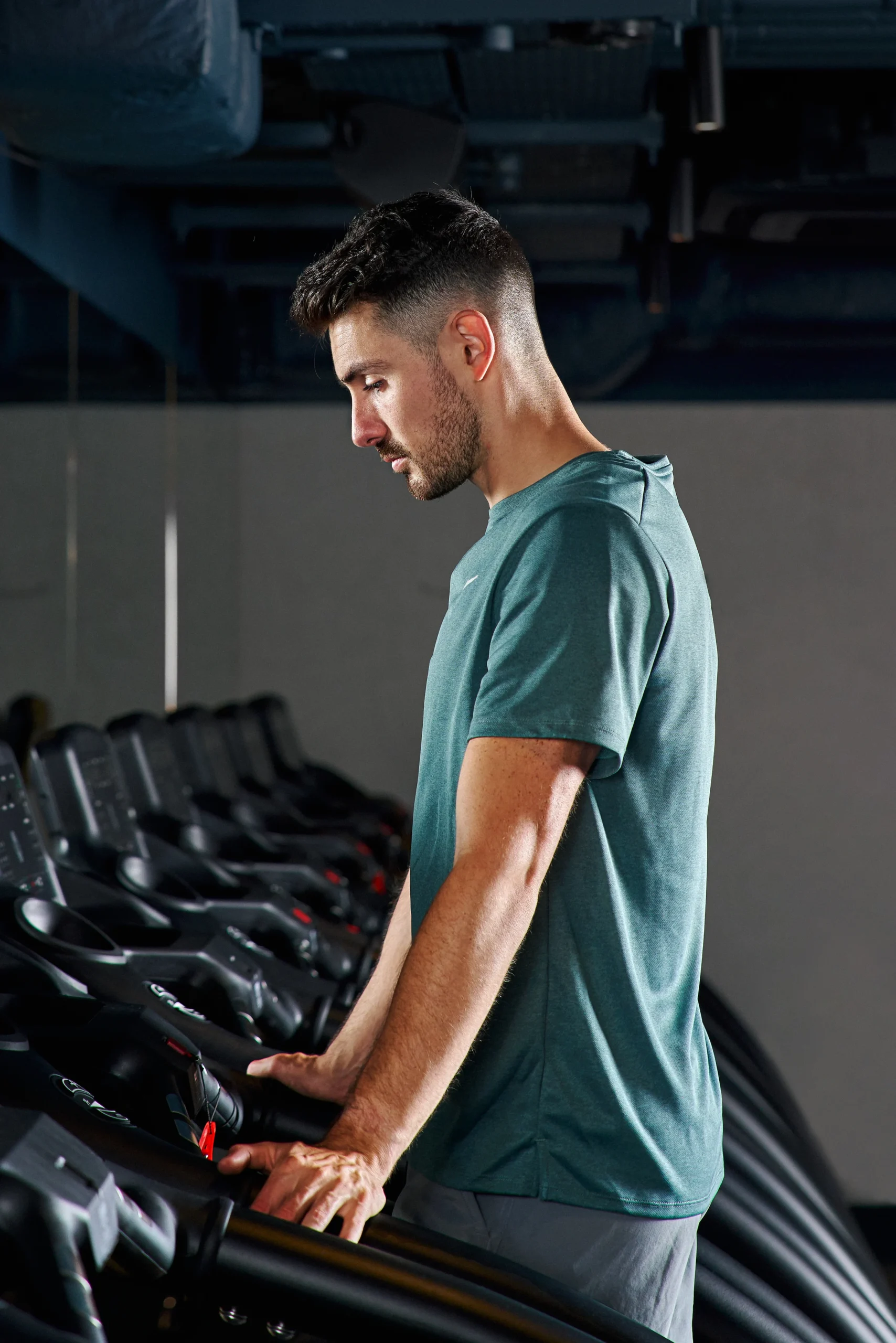- Linkedin Share
- Twitter Tweet
- Email Share
- Copy link Copy link Copied to clipboard
Returning to the gym after an injury can be both exciting and daunting. Whether you’ve been sidelined by a strain, sprain or something more serious, the key to a successful comeback lies in patience, strategy and self-awareness. Rushing back too quickly can lead to setbacks, while a well-structured plan can help you regain strength, mobility and confidence. Here’s how to ease back into training safely and effectively.
1. Prioritise Recovery Before Performance
The first step in your return-to-gym journey is understanding that recovery isn’t just about being pain-free; it’s about regaining full function. Before resuming training, ensure that:
- Your pain has significantly reduced or disappeared.
- Swelling and inflammation have subsided.
- Your range of motion is close to or at pre-injury levels.
- A medical professional (if needed) has cleared you to resume activity.
Rushing back before your body is ready can lead to compensatory movement patterns, increasing the risk of re-injury.
2. Start Slow and Listen to Your Body
It’s tempting to pick up where you left off, but your body needs time to readjust. The first few sessions should focus on rebuilding stability, flexibility and strength before progressing to higher intensity workouts. Consider:
- Reducing weights – Start with 50-60% of your usual load and increase gradually.
- Lowering intensity – Swap high-impact exercises for controlled movements.
- Shorter workouts – Begin with 30-45 minutes instead of your usual routine.
- Tracking discomfort – Mild soreness is normal, but sharp pain is a red flag.
3. Rebuild Strength with Functional Movements
Your focus should be on restoring functional strength — movements that mimic daily activities and enhance stability. Key areas to prioritise include:
- Core stability – A strong core supports better movement and injury prevention. Exercises like dead bugs, bird dogs and planks can help.
- Mobility work – Gentle stretching, foam rolling and dynamic movements improve flexibility and reduce stiffness.
- Unilateral training – Strength imbalances often develop after an injury. Single-leg exercises and single-arm movements help restore symmetry.
- Controlled resistance training – Machines or resistance bands can provide stability before transitioning to free weights.
4. Focus on Proper Warm-Ups and Cool-Downs
A well-structured warm-up is essential when returning from injury. It should include:
- Joint mobility drills to improve range of motion.
- Dynamic stretches to prepare muscles for movement.
- Low-impact cardio to increase circulation (such as walking or cycling).
Post-workout, cooling down with static stretching, foam rolling or even a short session in the sauna can aid recovery and prevent stiffness.
5. Incorporate Recovery Techniques
Returning to training places new demands on your body, making recovery practices even more important. Consider integrating:
- Massage therapy to alleviate muscle tightness.
- Contrast therapy (alternating hot and cold treatments) to reduce inflammation.
- Adequate hydration and nutrition to support tissue repair.
- Prioritise sleep for optimal recovery and muscle rebuilding.
6. Work with Experts
A professional perspective can make all the difference. Whether it’s a physiotherapist, personal trainer or sports massage therapist, working with an expert can help:
- Identify weaknesses or imbalances that need addressing.
- Modify exercises to accommodate your recovery.
- Provide a structured, progressive training plan.
Take advantage of our specialist services like physiotherapy, sports massage and bespoke training programs to ensure a smooth transition.
7. Be Patient and Set Realistic Goals
One of the biggest mistakes people make after an injury is expecting to bounce back immediately. Progress may be slower than expected, and that’s okay. Set small, achievable goals, such as:
- Regaining pre-injury flexibility within four weeks.
- Returning to 75% of your previous strength level within six to eight weeks.
- Completing a full, pain-free workout within three months.
Celebrating these milestones can keep you motivated and prevent frustration.
8. Stay Positive and Trust the Process
Injuries can be mentally challenging as well as physically limiting. Staying positive, focusing on what you can do rather than what you can’t and trusting the rehabilitation process will make a significant difference in your return to peak performance.



